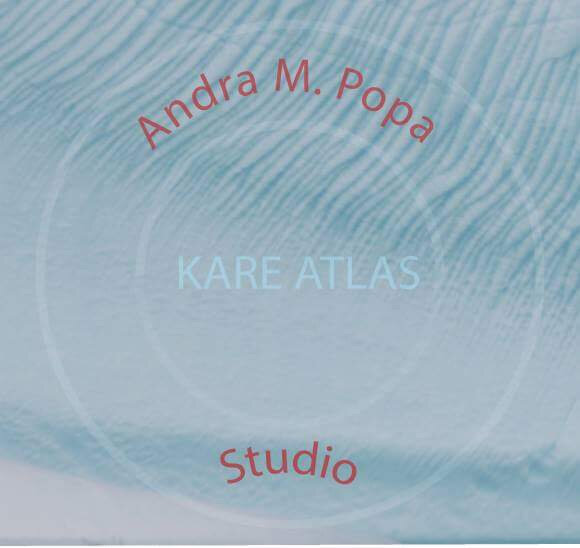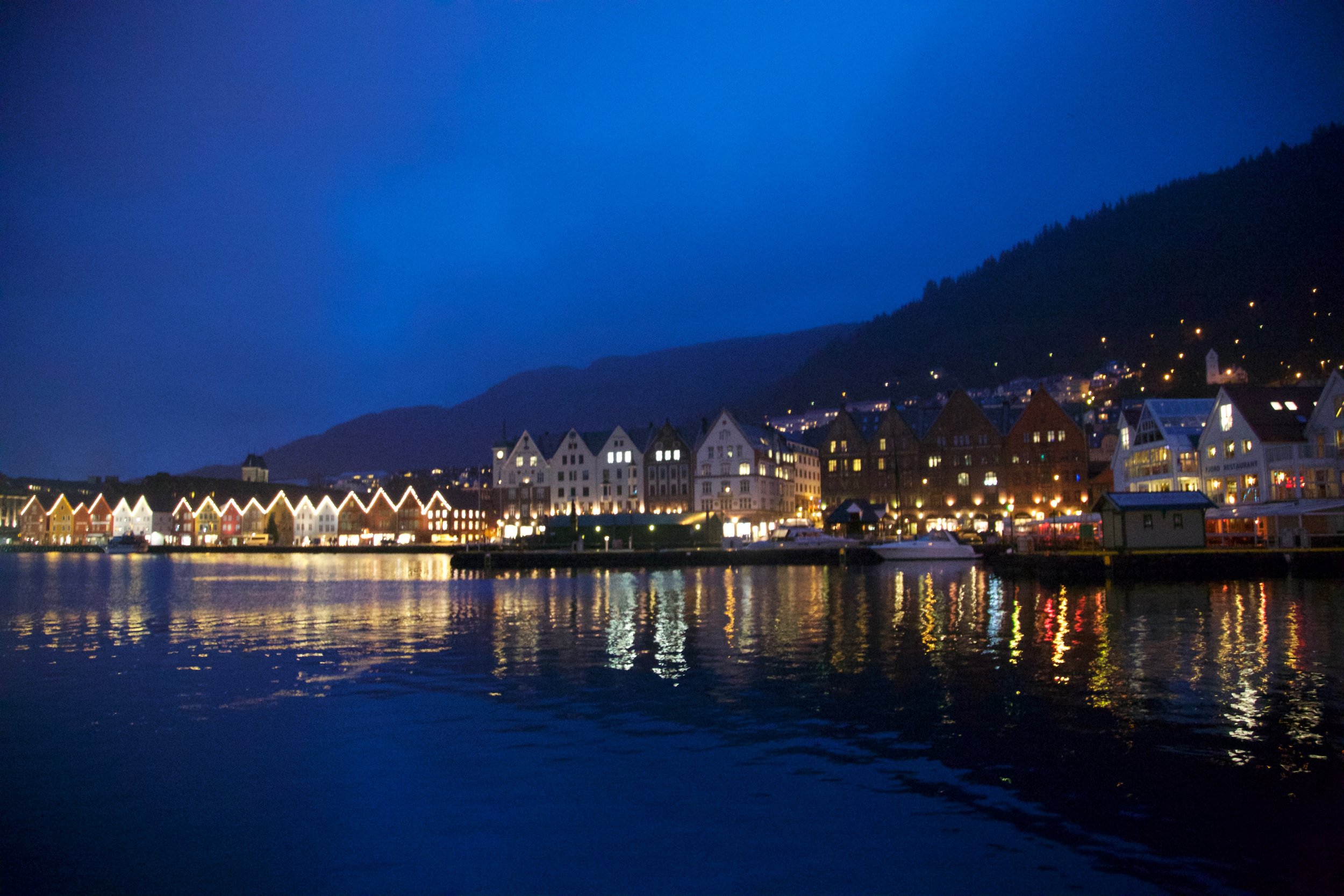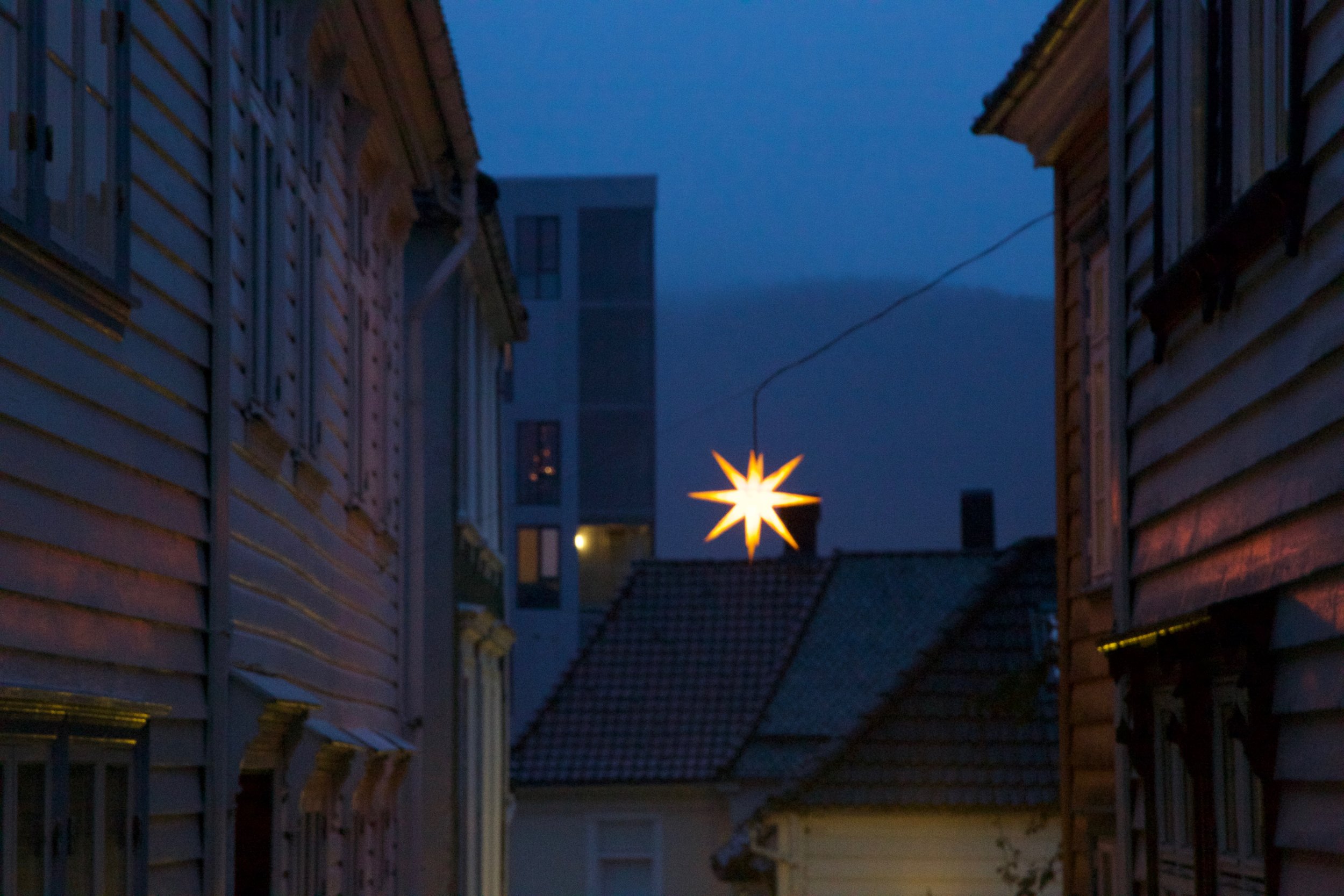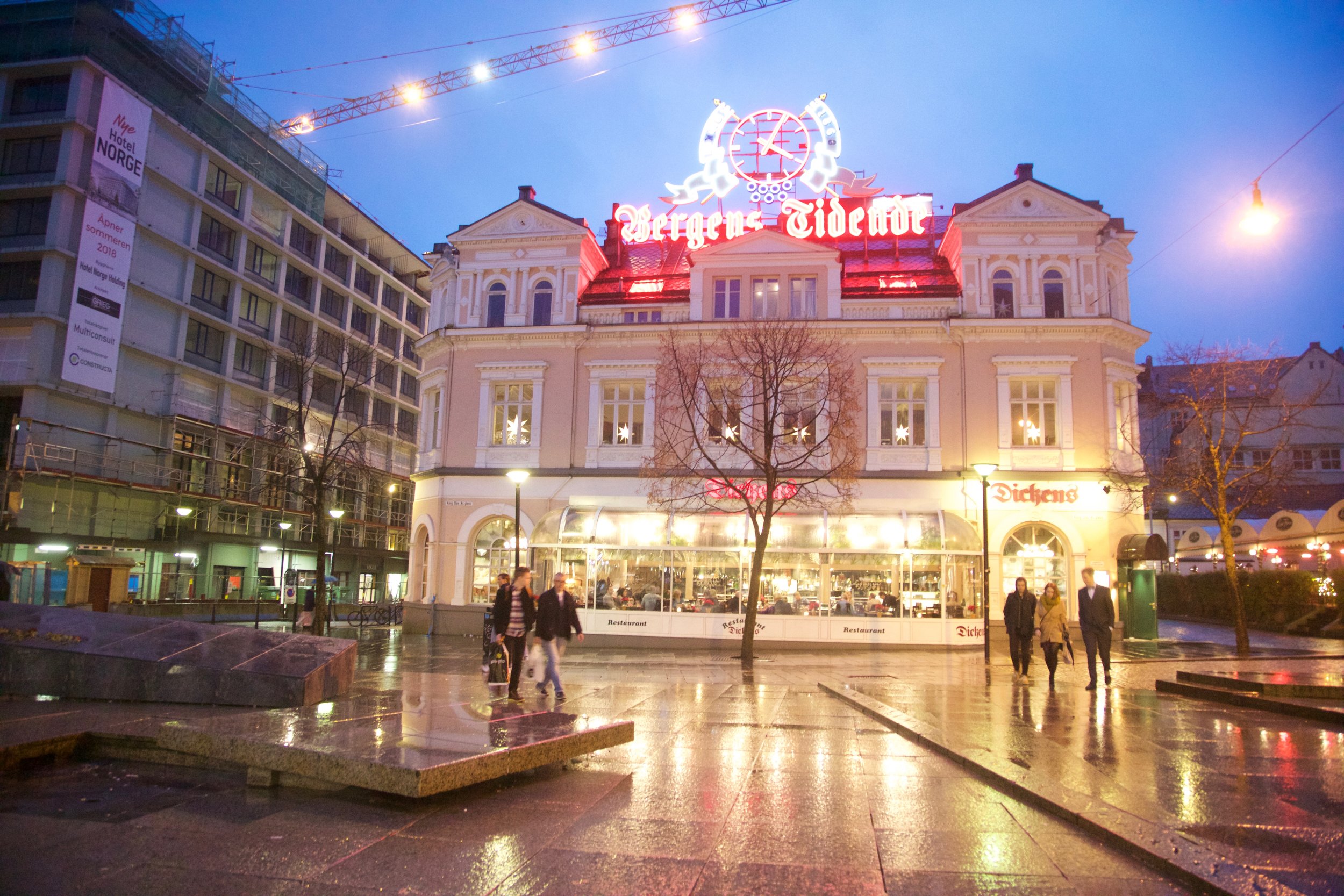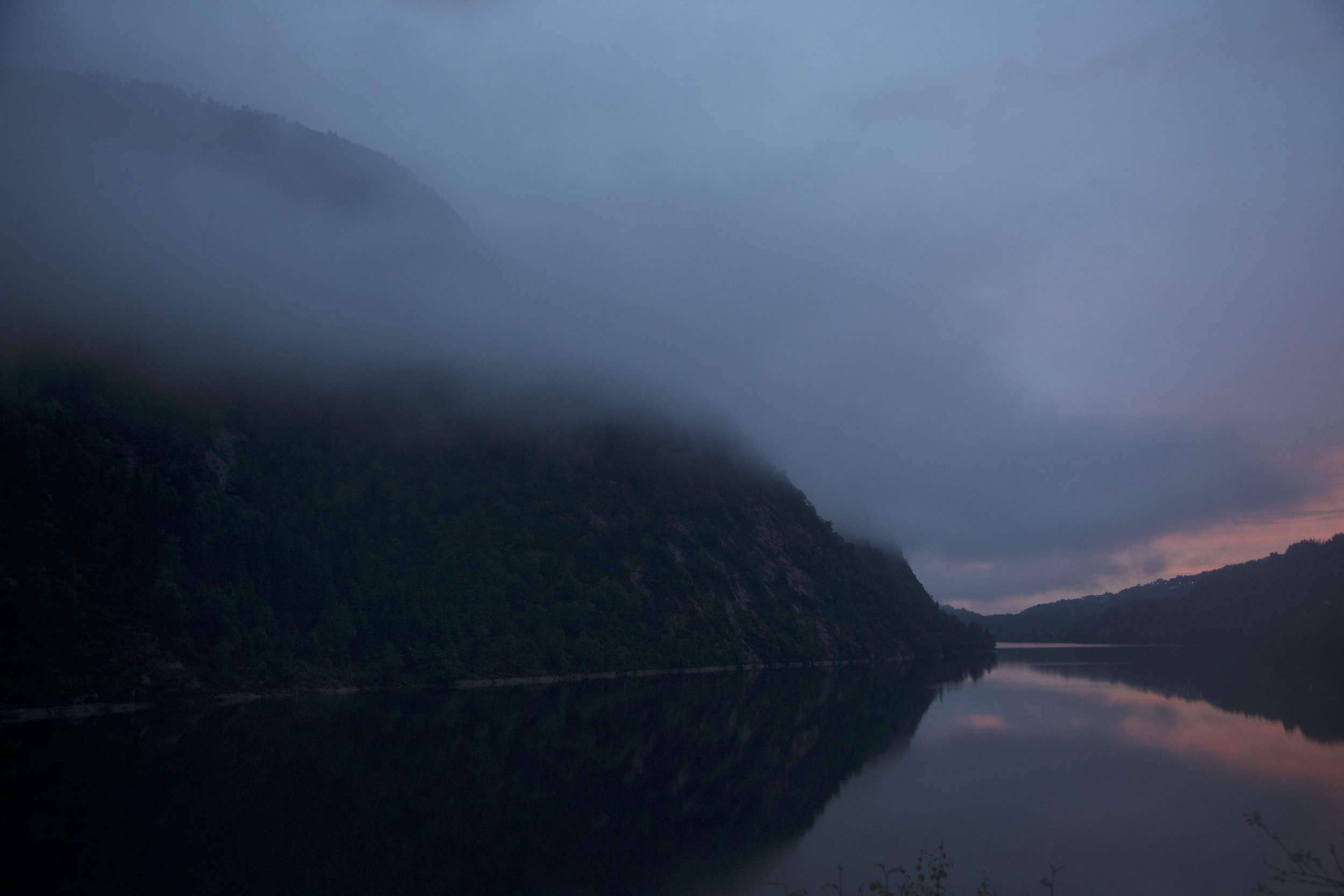The studio uses a property on an island off of Cape Breton Island in Nova Scotia, Canada with two cottages, named Explorer's Cottage and Raspberry Cottage, as sources of inspiration. The cottages are also available as vacation rental properties. Many guests find my personal Instagram page @Andra.M.Popa, as well as the cottage Instagram sites at @explorers.cottage.capebreton and @raspberry.cottage.capebreton and ask me for photography advice. Guests should consider the time of day when they are taking photos, as this will affect the look and feel of their photos. One of my favorite times of the day to take photos is during the blue hour, which is the time just after sunset and before the nighttime.
I like to express a dream-like inner emotional state through photos, and the use of the hazy, low contrast, blue light during the blue hour fits with the symbolic visual dreamworld I am trying to create. Specifically, I have tried to express the emotion of love for the last few years through visuals. This feeling is surreal to me, so at times I take abstract photos within this theme. People have at times stopped and asked me what I am taking photos of when I have been taking photos of subtle light or weather, and I was surprised that they would think that I was taking photos of nothing when I see so much there. I was encouraged recently by a NatGeo article entitled "What Does Nothing Look Like?," as well as by a NatGeo photographer, to keep working within my photography style, as it is my understanding that it is the most difficult for a photographer to find a style.
Likewise, guests should consider finding their own style by thinking through what story they are trying to tell about their stay at the cottages, about Cape Breton, and about Nova Scotia, and how the emotional state of that story may be expressed through visuals. There are many cultures within Cape Breton that guests can focus on or combine together: indigenous, French (Acadian), Scottish (from Gaels), and British. Guests can also take many styles of photos during their stay and when they make their final photo selections to post to social media or to share with friends and family, they can then decide what atmosphere they would like to convey through elevating the photos that fit their theme to create a cohesive portfolio. The blue hour may not set the right mood for all guest stories; it is just one of many possibilities. Although many people say that one should not take photos in the middle of the day due to the harsh overhead light, it is possible that guests may find that the middle of the day conveys exactly the right atmosphere for their storytelling.
I took the photos below in Bergen, Norway, in the winter of 2016, and in the winter of early 2017. I only used the available light at the blue hour in the first two photos, while I increased the ISO slightly in the third photo. I worked with an even higher ISO in the final photo of this example.
Guests may also compare the two photos below with the ones above to note that the color and intensity of the blue light will change with the location, weather, and time of year. The more subdued Prussian blue light in the photos below has a different mood as compared to the vibrant Cobalt Blue light in the photos above. I also took the photos below in the ambient available light during the blue hour, with the first photo being taken in Norway and the second photo being taken from a plane in Nain, Labrador, Canada, just below the Arctic Circle. The final photo uses the available blue light in Chicago, Illinois, to highlight the fairy lights on Christmas trees at the Ronald McDonald House nearby Lurie Children's Hospital, the largest in the world.
In addition to photo advice, many guests ask me to identify where I take my photos in Nova Scotia. While I explain in the next log entry my favorite general locations to wander and daydream with my camera in Nova Scotia, I would not want to take away the moment of discovery and wonder from guests, so the next entry will have general location suggestions for photos, rather than specific spots.
